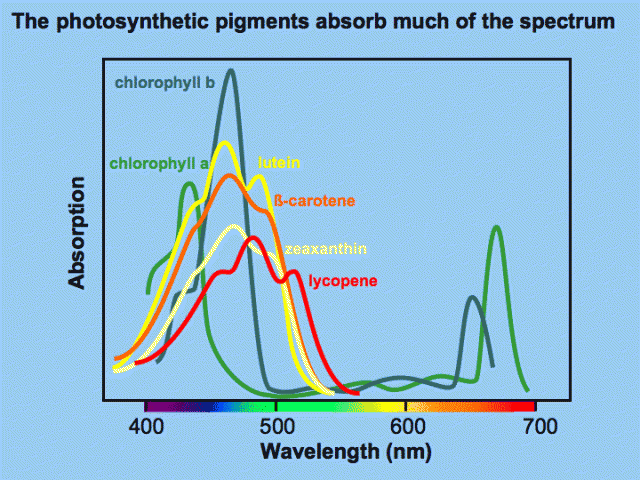Hello everyone,
I have a quick question. I am going to be getting LED lighting for my tank. Tank dimension 24x22x22 and the opening is 17x15 or somewhere close to that the fixture will be roughly 16x10. I want to have the lights about 8 inches off the top of the tank which I assume is going to be hitting the acrylic in some parts before hitting the water. Someone told me that LED lights will penetrate through CLEAN acrylic and just wanted to see if anyone had experience with this or not.
Thanks in advance,
Aaron
I have a quick question. I am going to be getting LED lighting for my tank. Tank dimension 24x22x22 and the opening is 17x15 or somewhere close to that the fixture will be roughly 16x10. I want to have the lights about 8 inches off the top of the tank which I assume is going to be hitting the acrylic in some parts before hitting the water. Someone told me that LED lights will penetrate through CLEAN acrylic and just wanted to see if anyone had experience with this or not.
Thanks in advance,
Aaron






















